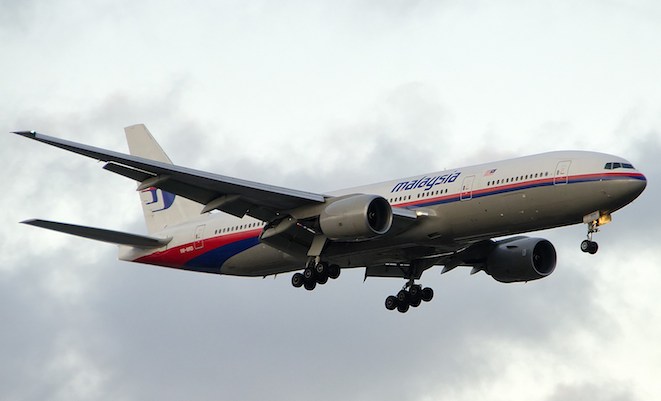
Airlines need clear and accurate information on where and when it is safe to fly, the International Air Transport Association (IATA) says.
While the tragic shooting down of Malaysia Airlines flight MH17 over eastern Ukraine “exposed a gap in the system”, IATA chief executive Tony Tyler says the system that regulates how airlines fly around the world is not broken.
“The challenge is to close the specific gap or gaps that allowed this tragedy to happen,” Tyler said after a meeting of the heads of the International Civil Aviation Organisation (ICAO), Airports Council International (ACI) and the Civil Air Navigation Services Organisation (CANSO) in Montreal on Tuesday.
“The world’s airlines are angry — and I suspect that the same is true for each of the 3.3 billion people who will board aircraft this year.”
ICAO said it would immediately establish a taskforce with state and industry experts to look at how information about where it is safe to fly is effectively collected and disseminated.
Also, the UN body said it will hold a high-level safety conference with all of its 191 member states in February 2015.
“We recognise the essential need for information and intelligence that might affect the safety of our passengers and crew,” ICAO said in a joint statement after the meeting.
“This is a highly complex and politically sensitive area of international coordination, involving not only civil aviation regulations and procedures but also state national security and intelligence gathering activities.”
The question of where to fly has been left in the hands of individual airlines, leading to some different choices.
For example, while some have chosen to not fly over Iraqi or Syrian airspace, there are other carriers who have come to a different conclusion based on their own information.
Tyler said airlines needed clear and accurate information to base their decisions on where and when it is safe to fly.
Moreover, it was the responsibility of the states to ensure such information was accessible in an authoritative, accurate, consistent, and unequivocal way.
“There are can be no excuses,” he said.
“Even sensitive information can be sanitised in a way that ensures airlines get essential and actionable information without compromising methods or sources.”
“I can also commit that the industry is ready to assist in any way possible to help governments to make this happen.”
Despite the tragedy, Tyler reiterated that air travel today remained “safe and secure”, with about 100,000 flights taking off and landing safely every day.










